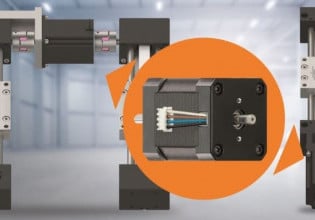I
Hi,
I'm currently in stage of designing my Modbus/TCP client software library which will run on a Windows PC.
As you probably know the Modbus/TCP design allows servers to handle a multiple concurrent transactions:
a) The server use one dedicated TCP connection per each client. Clients issue a transaction and wait until the reply from the server comes back before issuing another one. So there is always only one transaction pending per TCP connection.
b) The server use one dedicated TCP connection per each client. Clients can pipeline multiple requests in a quick succession (while obeying a limit imposed by server) before they wait for the replies to arrive. So there can be more than one transaction pending per TCP connection.
Since my Modbus library needs to interface with almost every Modbus/TCP server device available on the hardware market and I don't have an access to many of these devices myself, I'd like to ask you the following questions:
1) What kind of design (a or b) is the most widely used in the real Modbus server devices available on the market?
2) Will it be worth supporting both kind of design in a Modbus software library?
3) Are there any other designs I forgot to mention here?
Please take a little time and share your opinion with me. I will much appreciate it!
Thanks in advance,
Ivo
I'm currently in stage of designing my Modbus/TCP client software library which will run on a Windows PC.
As you probably know the Modbus/TCP design allows servers to handle a multiple concurrent transactions:
a) The server use one dedicated TCP connection per each client. Clients issue a transaction and wait until the reply from the server comes back before issuing another one. So there is always only one transaction pending per TCP connection.
b) The server use one dedicated TCP connection per each client. Clients can pipeline multiple requests in a quick succession (while obeying a limit imposed by server) before they wait for the replies to arrive. So there can be more than one transaction pending per TCP connection.
Since my Modbus library needs to interface with almost every Modbus/TCP server device available on the hardware market and I don't have an access to many of these devices myself, I'd like to ask you the following questions:
1) What kind of design (a or b) is the most widely used in the real Modbus server devices available on the market?
2) Will it be worth supporting both kind of design in a Modbus software library?
3) Are there any other designs I forgot to mention here?
Please take a little time and share your opinion with me. I will much appreciate it!
Thanks in advance,
Ivo





